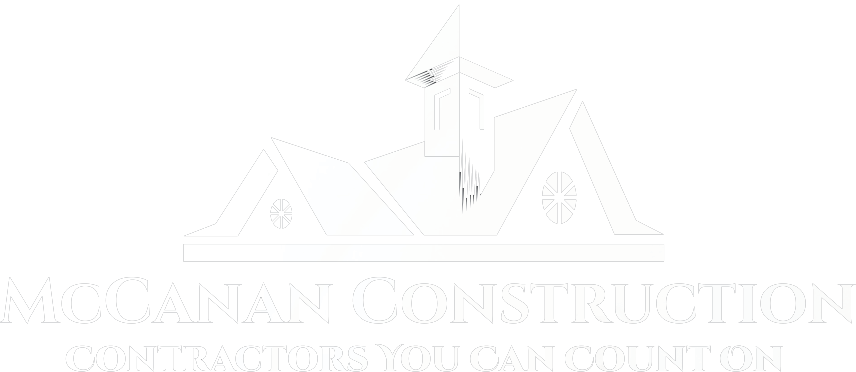Choosing the right roofing materials is crucial for homeowners, as the decision significantly influences your home’s longevity, efficiency, and resilience. With climate being a primary factor affecting roof performance, selecting materials suited to your local weather conditions can prevent costly repairs and ensure optimal protection. Here’s a detailed guide to help you make an informed choice based on your climate.
Selecting the Best Roofing Materials For Your Local Weather Conditions
The first step in selecting roofing materials is to understand the demands of your local climate:
- Hot and Sunny Climates: In areas with high temperatures and intense sun exposure, roofing materials that reflect sunlight and resist UV damage are preferable. Light-colored tiles, metal roofing, or slate can be excellent choices as they reflect solar heat away from home, helping to keep indoor temperatures cooler.
- Cold and Snowy Climates: Homes in areas prone to heavy snowfall and cold temperatures need roofing materials that can bear the weight of snow and provide good insulation. Materials like asphalt shingles and metal roofs are beneficial as they can handle the freeze-thaw cycles and shed snow easily.
- Windy and Storm-Prone Areas: For locations frequently experiencing high winds and storms, choosing roofing materials that can withstand these harsh conditions is crucial. Metal roofs and asphalt shingles designed to resist wind uplift are among the best options.
Exploring Top Roofing Materials: Durability and Climate Compatibility For Every Home
- Asphalt Shingles: The most common roofing material in the U.S., asphalt shingles are cost-effective and offer good durability. They are designed to perform well in various climatic conditions, making them a versatile choice for many homeowners.
- Metal Roofing: Known for its durability and resistance to extreme weather, metal roofing is ideal for hot and cold climates. It reflects solar radiant heat, which can help reduce cooling costs, and is excellent at shedding snow.
- Clay and Concrete Tiles: These materials are exceptionally durable and can withstand hot climates. Their thermal properties allow them to maintain a consistent temperature within the home, providing energy efficiency.
- Slate Roofing: Slate is highly durable and naturally able to resist the elements, making it suitable for various climates. Its longevity and classic appearance make it a popular choice for homeowners looking for a long-term investment.
- Wood Shingles and Shakes: While wood offers a natural aesthetic appeal, it is best suited for temperate climates. It does require regular maintenance to prevent decay and is not recommended for highly wet or fire-prone areas.
Sustainable Roofing Solutions: Balancing Longevity, Environmental Impact, and Climate Compatibility
Beyond climate compatibility, consider your chosen roofing materials’ longevity and environmental impact. Metal roofs, for instance, are durable and recyclable at the end of their lifespan. If sustainability is a priority, materials like recycled shingles or green roofs that support vegetation might also be worth considering.
Consulting with Local Roofing Professionals Can Optimize Your Home’s Durability and Efficiency
It’s advisable to consult with professional roofers who have local expertise. They can provide insights specific to your region and help you evaluate the cost-effectiveness and suitability of different roofing materials for your home.


